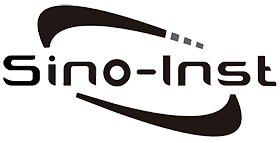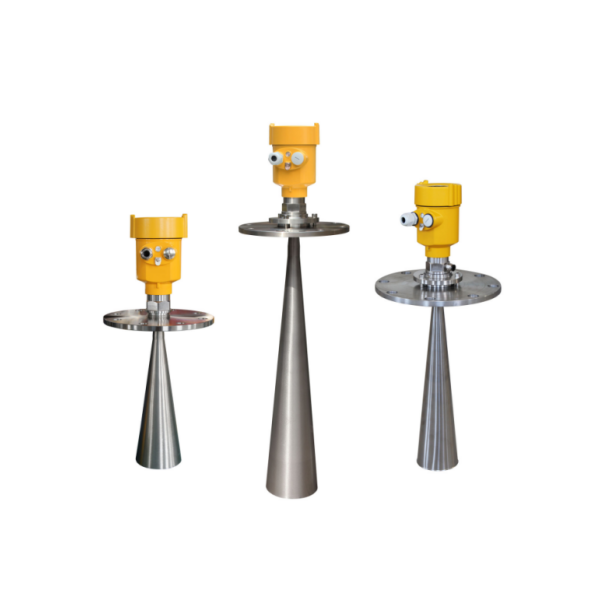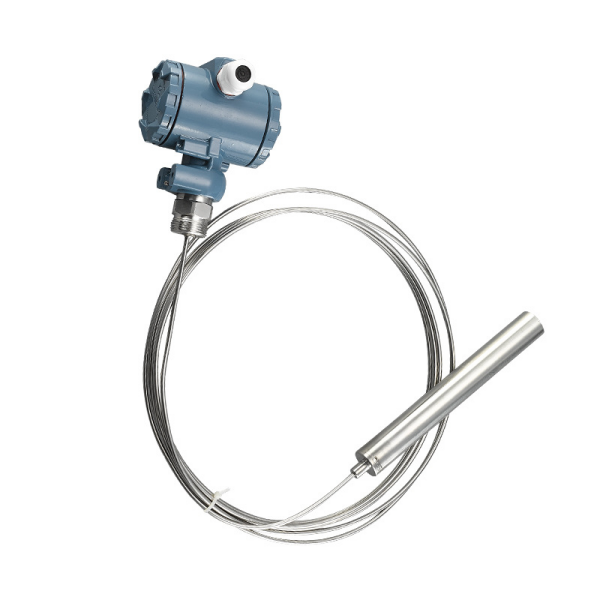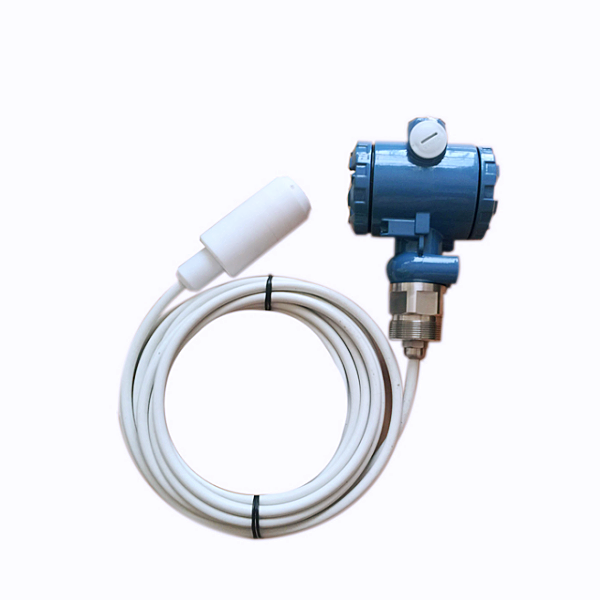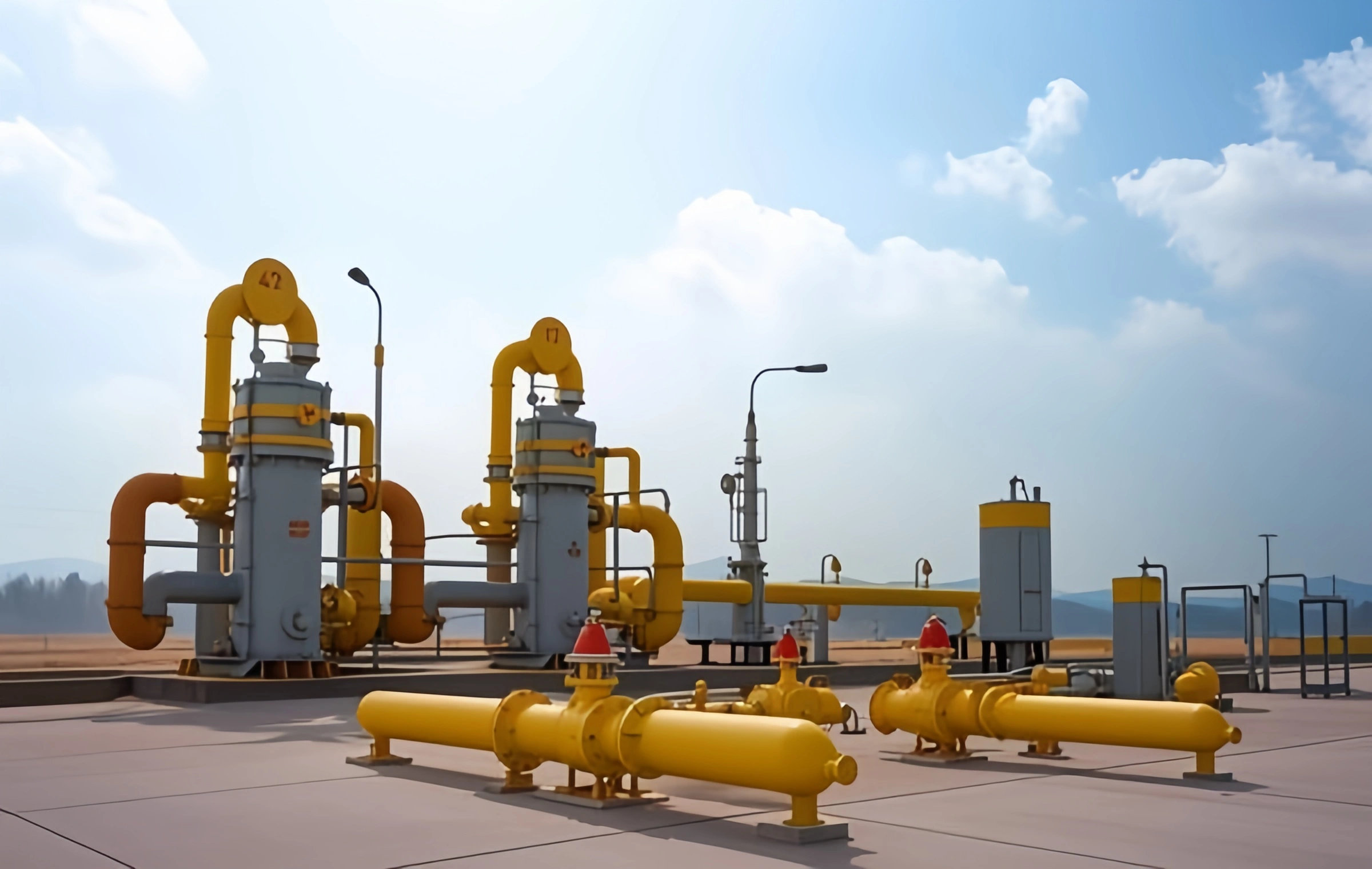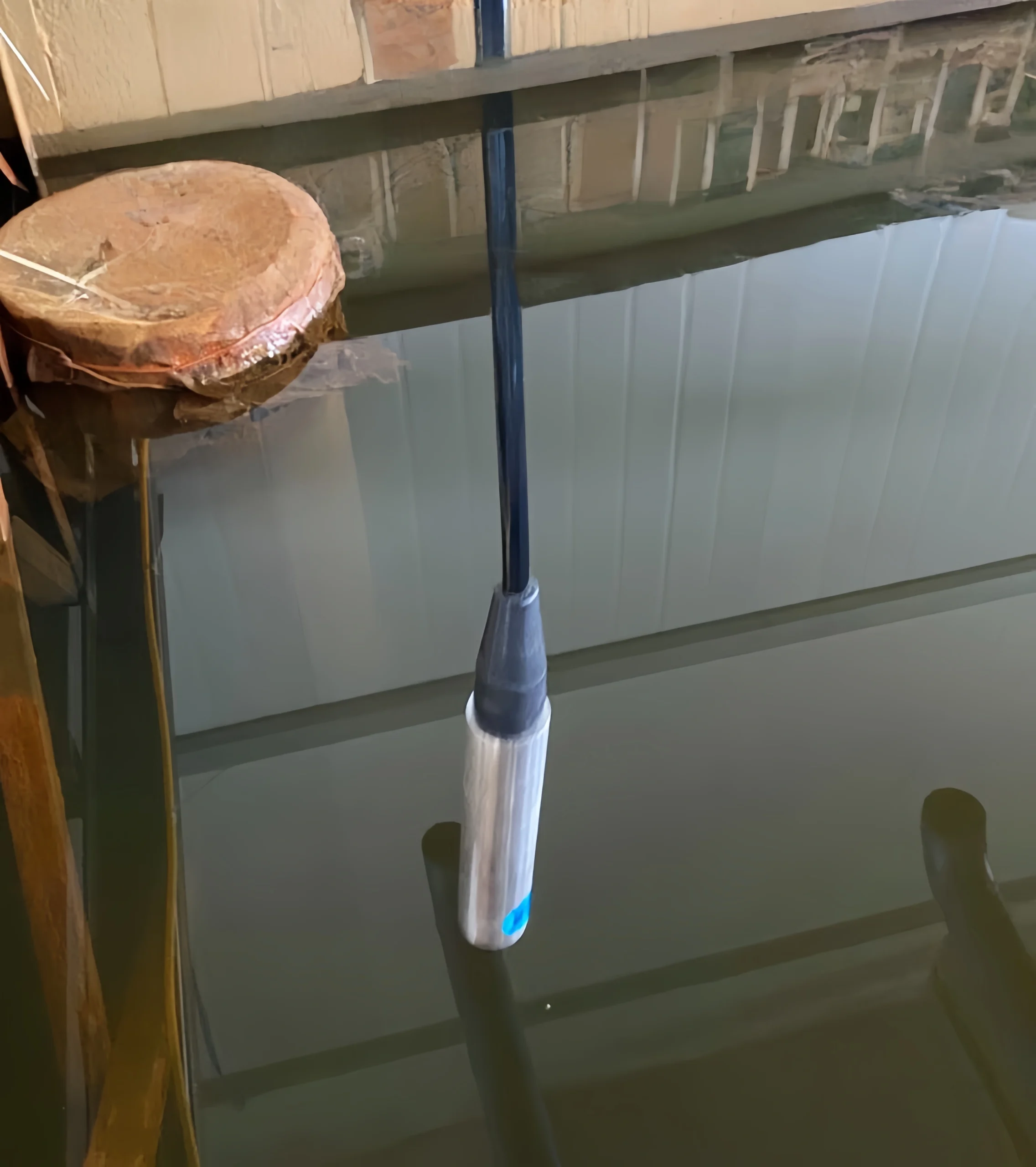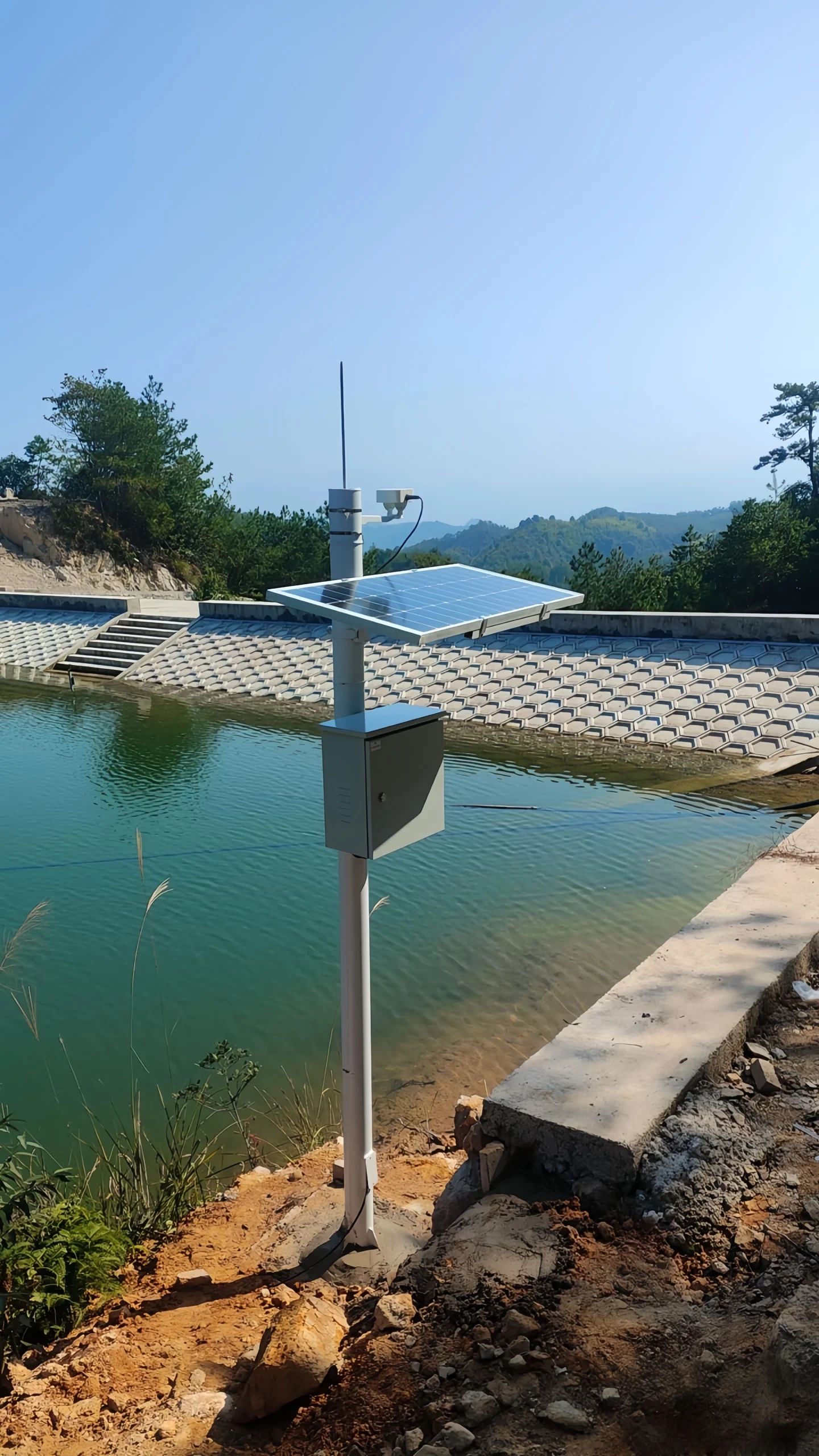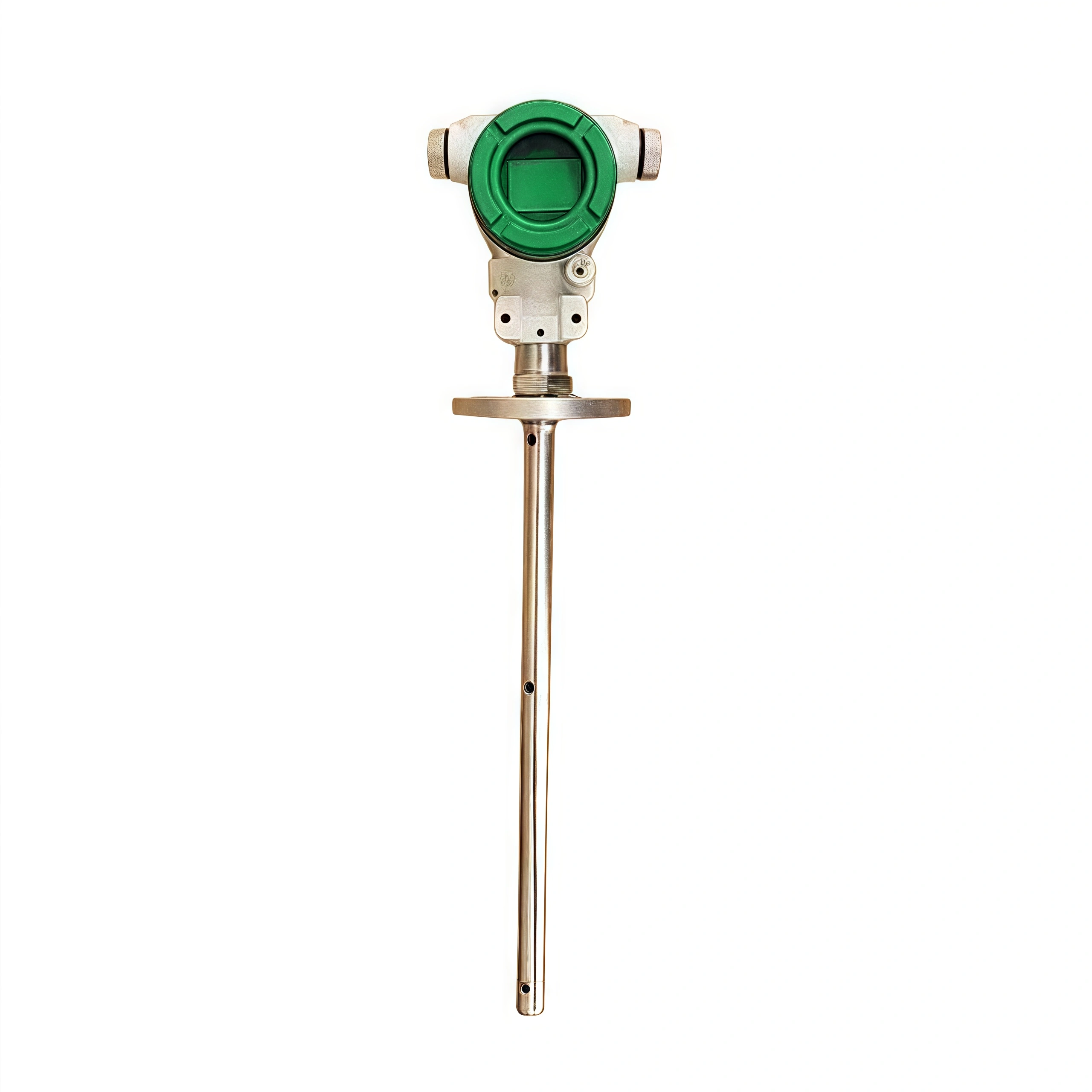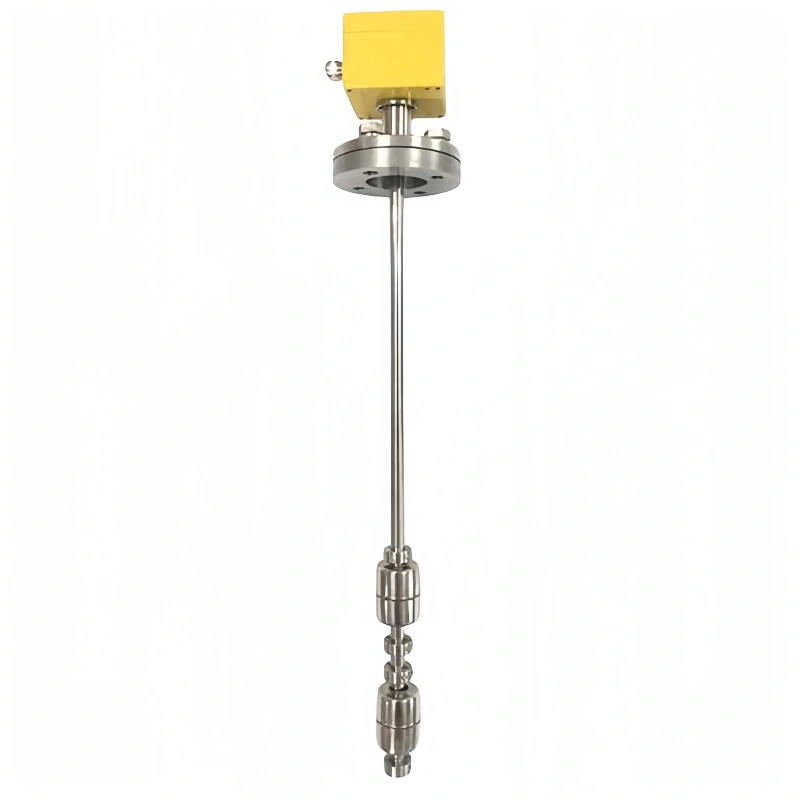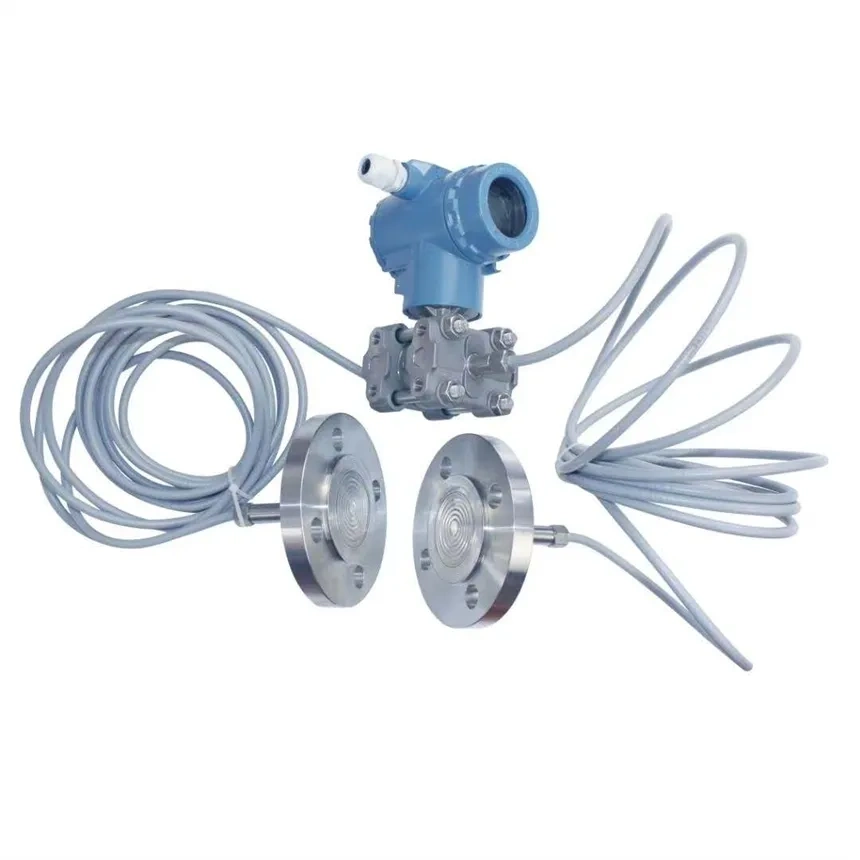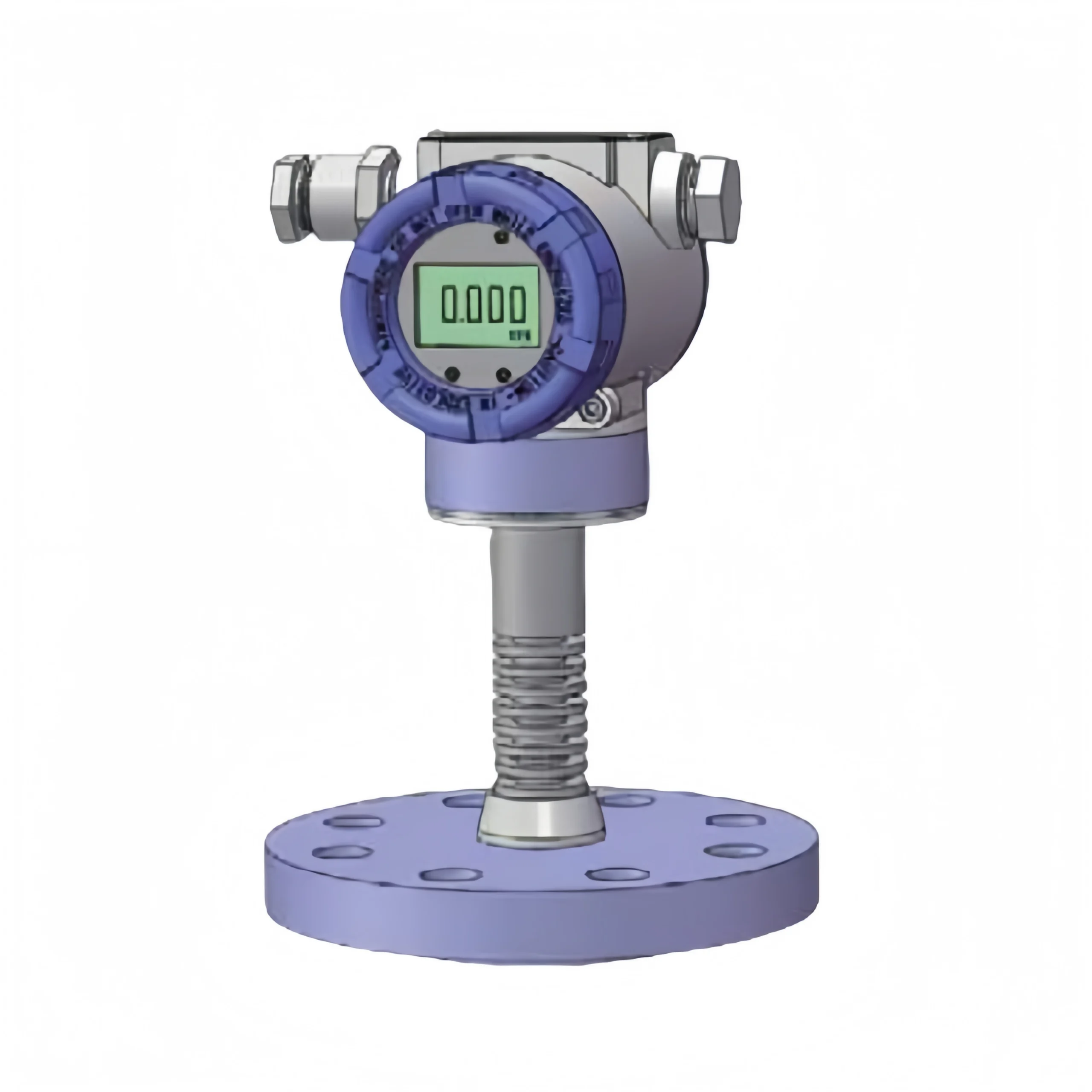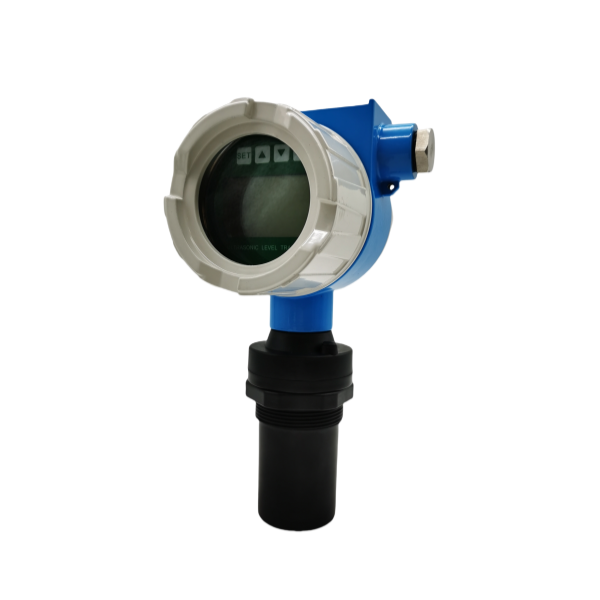Various wastewater are generated in domestic and industrial production. Wastewater treatment is crucial for environmental protection and resource conservation. However, level measurement and control play a vital role in the wastewater treatment process.
The post details the importance of wastewater level measurement and how to accurately measure wastewater levels. We hope you will find it helpful.
Why Wastewater Level Measurement is Important?
Most wastewater ends up in recycling systems. Typically, wastewater flows through pipe networks to wastewater treatment plants for treatment. Ultimately, it returns unpolluted to natural resources such as rivers, streams, and oceans. Wastewater level monitoring is required at many stages of wastewater treatment.
Wastewater treatment is a critical step in ensuring the safe and clean return of water to the environment. This process includes physical, biological, and chemical steps. Level measurement is an essential component of wastewater treatment. Because it ensures the proper functioning and efficiency of the treatment process.
Wastewater from domestic and industrial production is transported to clarification tanks through wastewater systems. In large wastewater systems, water levels are monitored at key points in the pipe network. Measuring the water level in sewage pipes allows for an accurate assessment of the pipeline system’s utilization rate.
Sewage lift pump stations, dry manholes, and wet manholes are used to transport wastewater from low-lying areas to higher ground. It is primarily for transporting sewage from residential areas to wastewater treatment plants. They are also often used in conjunction with pump stations at wastewater treatment plants. Wastewater level measurement is used for precise pump control. It enables pumps to start at high levels and shut down at low levels to prevent dry running.
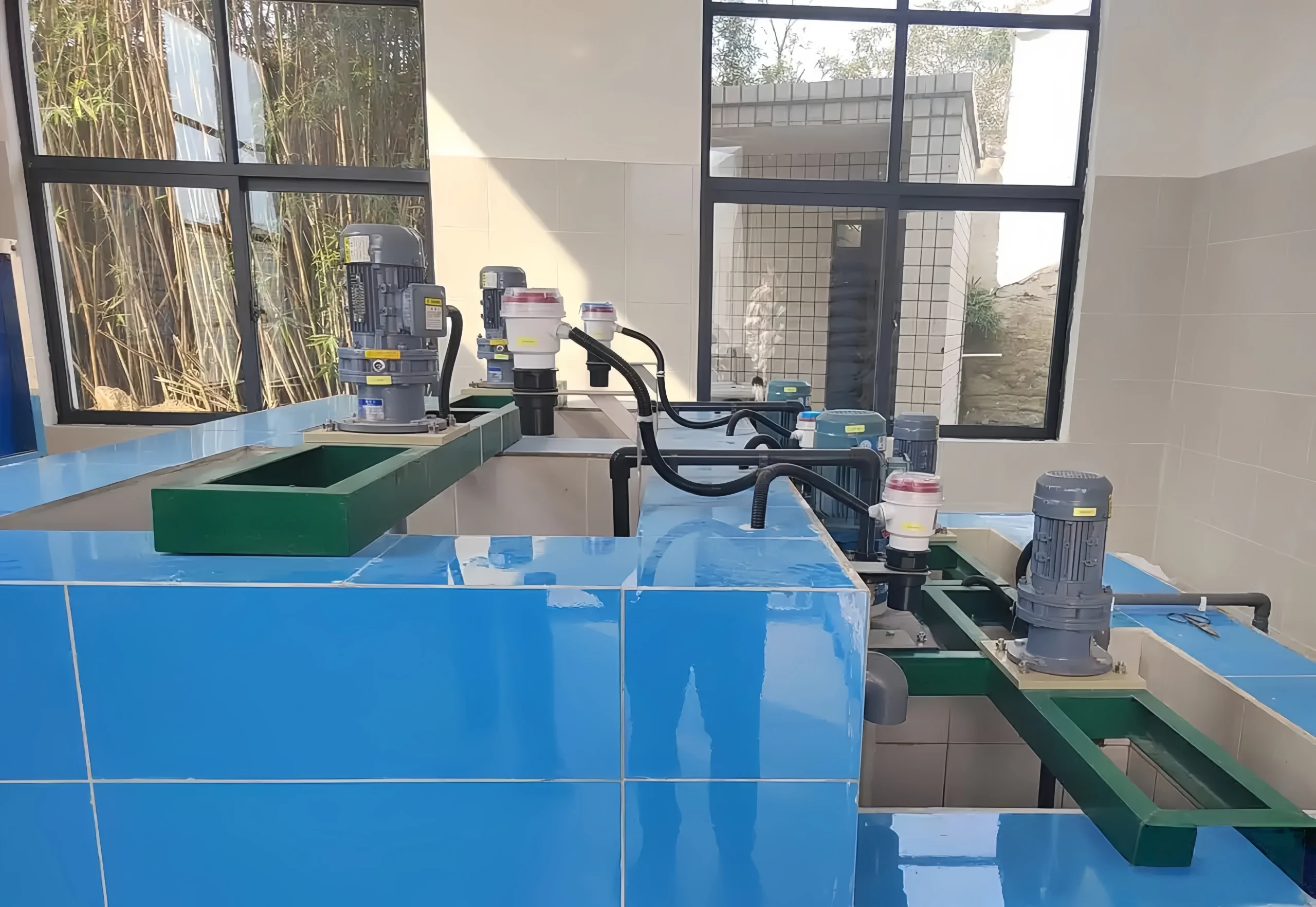
Challenges in Wastewater Level Measurement:
The complexity and variability of wastewater level detection present various challenges for its application.
These include: wastewater containing impurities, foaming, highly corrosive substances, excessive viscosity, high solid crystal formation, and high-temperature environments.
The detailed challenges in wastewater level measurement include:
- Complex media: Suspended solids, organic matter, sludge, etc., can easily cause blockages or sedimentation;
- Foam interference: Affects the penetration and reflection of ultrasonic/radar signals;
- Temperature fluctuations: Cause condensation on the probe or changes in sound velocity;
- Agitation/water flow impact: Generates false echoes or affects sensor stability;
- Corrosive chemicals: May damage sensor materials;
- High humidity/enclosed environment: Accelerates equipment aging and signal attenuation.
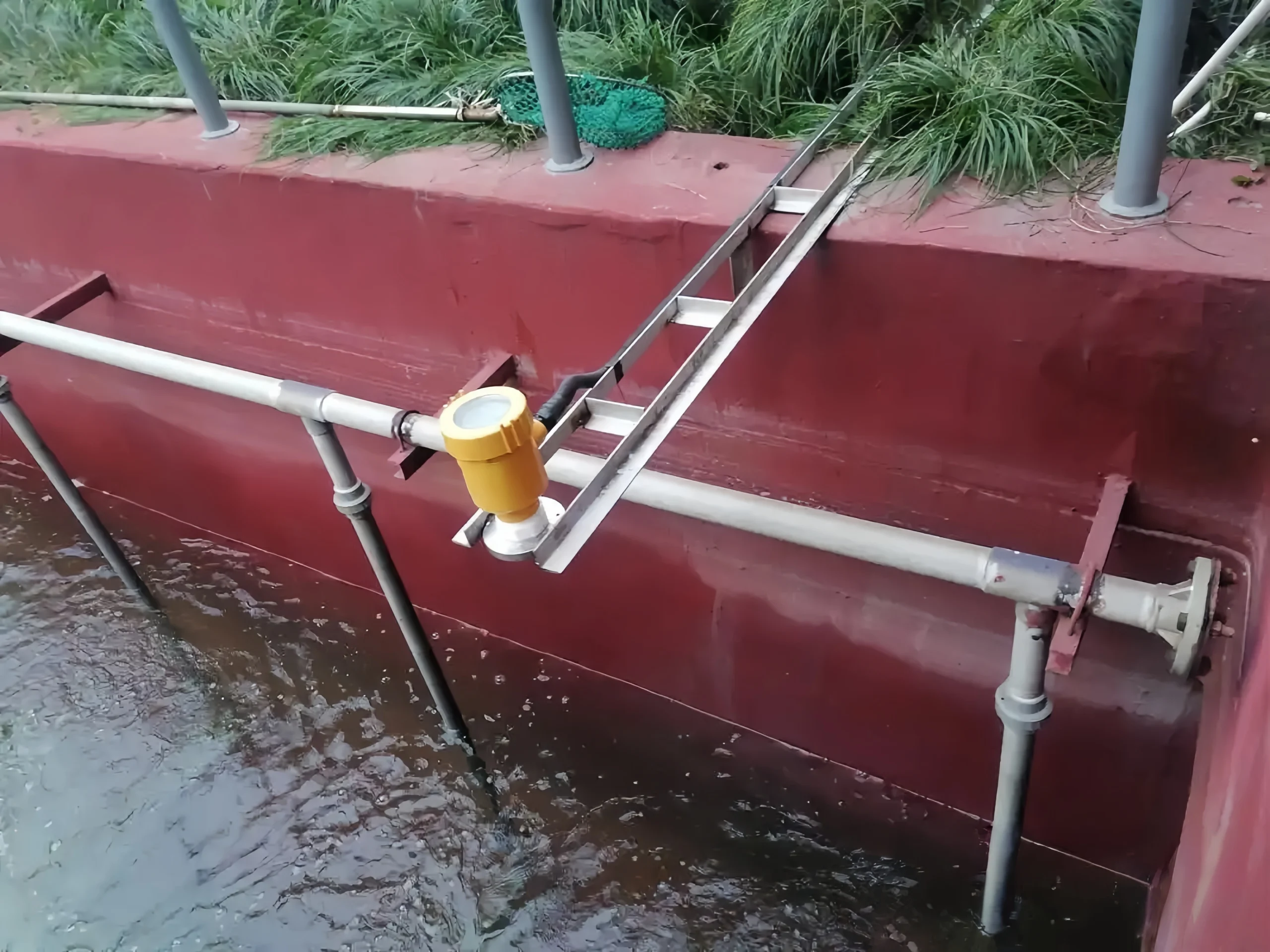
Wastewater Level Sensor
We can supply a variety of level sensors to solve the above problems. We can recommend a suitable level sensor based on your specific operating conditions. Traditional, simple, mechanical, and coarse-grained level measurement and monitoring are being phased out. To meet the various needs of the market, researchers have developed various measurement technologies and level measurement methods.
Generally, wastewater level sensors mainly include the following three types:
Ultrasonic level sensor:
Its principle is to calculate the liquid level height by detecting the time difference between the transmission and reflection of ultrasonic waves. It is susceptible to energy loss during ultrasonic wave propagation. It features easy installation and high flexibility. It can usually be installed at a high location for non-contact measurement. However, the detection distance will be significantly shortened when used in environments containing steam or dust. Ultrasonic level sensors are suitable for non-contact measurement. They are used for clean water or slightly turbid water.
Read More about:
Ultrasonic Level Transmitter Detailed Introduction
Radar Level Transmitter Vs Ultrasonic Level Transmitter—for Level Measurement
Radar level sensors:
Radar level sensors emit narrow microwave pulses through their antenna, which are transmitted downwards. The microwaves are reflected after contacting the surface of the measured medium. The microwaves are received by the antenna and transmitted to the electronic circuitry for automatic conversion into a level signal. Radar level sensors have strong anti-interference capabilities. They are suitable for applications with high levels of foam or steam.
Read More about:
Radar Level Sensor Antenna Types and How to Choose?
Radar Level Transmitter and Guided Wave Radar Level Transmitter: The Real Difference

Submersible level sensors:
Submersible level sensors use a pressure sensor as the measuring element. The transmitter accurately measures the hydrostatic pressure of the liquid. The pressure is proportional to the liquid level depth. This is then converted into a standard signal output through a signal conditioning circuit. A linear correspondence is established between the output signal and the liquid depth. It enables the measurement of the liquid depth.
The advantage is that the detection is not limited by the liquid level height. However, the higher the height, the higher the accuracy requirement of the sensor. Repeated calibration is required after prolonged use or when changing the liquid. Submersible level sensors are suitable for measurement in closed containers and deep wells.
The formula for calculating the level of a submersible level transmitter is:
P = ρ g H + Po
Where:
- P represents Pressure on the transmitter’s surface facing the liquid,
- ρ represents the density of the measured liquid,
- g represents local gravitational acceleration,
- Po represents atmospheric pressure above the liquid surface,
- H represents the depth of the transmitter submerged in the liquid.
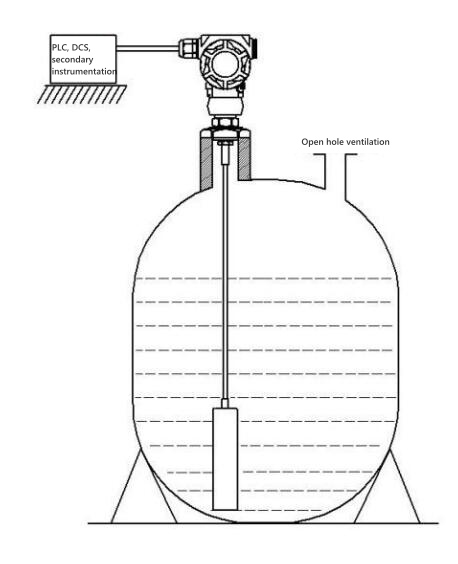
Submersible Level Sensor Advantages:
When choosing a level sensor for wastewater level measurement, we usually recommend Sino-Inst’s submersible level sensors. They have the best price and quality from Sino-Inst. Submersible level transmitters are commonly used in wastewater treatment processes. There are advantages of submersible level sensors:
- Simple installation and calibration, easy to use, and highly interchangeable.
- It is suitable for measuring the level of liquid media in containers.
- In addition to on-site indication, they can be equipped with remote pressure transmitters and alarm switches.
- Intuitive and clear readings, facilitating data management.
- Sino-Inst’s submersible level sensors have a maximum range of 300m, which exceeds many similar products.
- The indicating mechanism is completely isolated from the measured medium, ensuring good sealing, high reliability, and safe operation. Simple structure, easy installation and maintenance, corrosion-resistant, and explosion-proof.
- High sensitivity, fast response, and high measurement accuracy (up to 0.2%).
- Intrinsically safe and explosion-proof with isolation features. They are used in various hazardous locations.
- Anti-clogging design enables measurement of levels in a paste-like medium.
- 100% equally divided scale, LED, and LCD indicators for convenient on-site reading.
- Multiple signal outputs are available. 4-20mA DC two-wire signal transmission. It offers strong anti-interference capabilities and long transmission distances.
- Precise and unique zero-point, full-scale, and nonlinear compensation. It ensures accuracy within the instrument’s operating range and good long-term stability.
Sino-Inst Feature Wastewater Level Sensor
Wastewater Level Sensor Applications:
Wastewater level sensors are mainly used in the following applications:
- Wastewater treatment plants;
- Wastewater collection tanks;
- Equalization tanks;
- Sedimentation tanks;
- Filter press trenches.
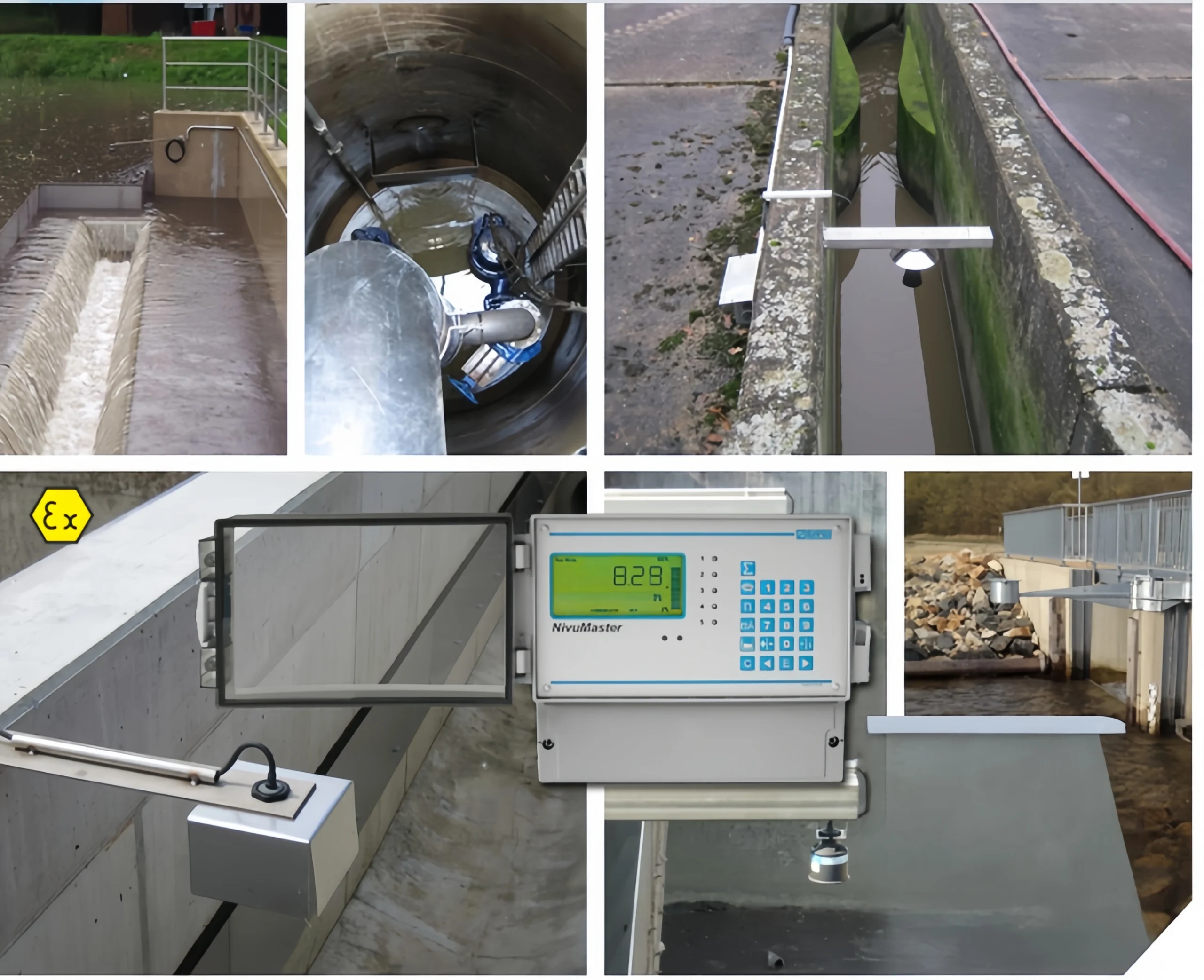
Level Monitoring of Wastewater in Primary and Secondary Treatment
Primary treatment is generally pretreatment. It mainly involves processes such as coagulation, sedimentation, acid precipitation, flotation, and anaerobic digesters. Primary treatment primarily removes pollutants such as suspended solids (SS), carbon dioxide (COD), boron (BOD), and heavy metals from wastewater.
However, the treated wastewater still does not meet discharge standards. Therefore, it is necessary to control the inflow and outflow of wastewater during primary treatment to achieve precise treatment.
Secondary Treatment: Wastewater that has not met discharge standards after primary treatment. The wastewater requires further treatment, known as secondary treatment. Secondary treatment typically uses biochemical processes, generally anaerobic or aerobic, combined with MBR membrane technology. Chemical or physicochemical methods are also used for secondary treatment. This mainly involves adding chemical reagents. Secondary treatment can remove a large amount of COD from the wastewater, further purifying it. Unless the wastewater is particularly difficult to treat. It can generally meet wastewater discharge standards after secondary treatment.
During secondary wastewater treatment, precise measurement of the liquid level allows for accurate proportioning of chemical reagents. Therefore, wastewater level measurement is crucial in the wastewater treatment process.
How do you choose a level transmitter?
When selecting a suitable level transmitter, we generally consider the following factors:
- Measurement range
- Output signal
- Accuracy class
- Power supply voltage
- Operating temperature and pressure
- Protection class
- Measurement medium
- Installation method
- System requirements
- Budget and cost
What is the unit of level measurement?
We need to choose the appropriate level measurement unit based on our needs. Small container levels are commonly measured in centimeters and millimeters. Large water tower levels are generally measured in meters. Underground oil storage tank level measurement requires consideration of multiple unit conversions. Level measurement unit conversions must be based on accurate conversion formulas. Liters and milliliters are also used to measure level. Different countries also have different level units; for example, the UK uses inches and feet.
Conversions between different level measurement units may have decimal precision issues. Digital level gauges display measurement units intuitively and are easy to read. Mechanical level gauge readings may involve traditional level measurement units. Temperature changes in level measurement can affect the accuracy of unit conversions. Pressure changes also affect the conversion of liquid level measurement units.
What is the total water level?
The total water level is also known as the cumulative water level. It is the total water level accumulated during a rise in water level.
How to measure the liquid level in a tank?
In industrial processes, accurate and reliable tank level measurement is crucial for ensuring smooth operation. It reduces waste and maintains safety. Different measurement technologies exist, such as tuning fork level switches, float level sensors, magnetic level sensors, ultrasonic level sensors, and radar level sensors. We need to select different level measurement equipment based on application requirements.
In wastewater treatment, some companies store wastewater in tanks and transport it to a fixed location for treatment. In this case, measuring the liquid level in the wastewater tank is very important. Submersible level sensors can be installed directly from the top of the tank, facilitating maintenance. They can also provide accurate liquid level outputs, which aid wastewater treatment.
What is the difference between a level switch and a level transmitter?
A level transmitter measures liquid level by converting changes in liquid level into corresponding current or voltage signals. The signals are then transmitted to the control system for data display and processing.
A level switch is used to control the liquid level. It has a preset value and a high-level alarm function. When the liquid level reaches the set value, it outputs a switch signal to control the liquid level in a container.
Read More about: What is the Difference between a Level Switch and a Level Transmitter?
All in all, liquid level measurement plays a crucial role in wastewater treatment.
Sino-Inst is a liquid level sensor supplier from China. If you need to measure wastewater levels, please feel free to contact us. Our liquid level sensors are sold globally. They have been successfully implemented in numerous projects. Contact us now for a free customized solution and quote!
